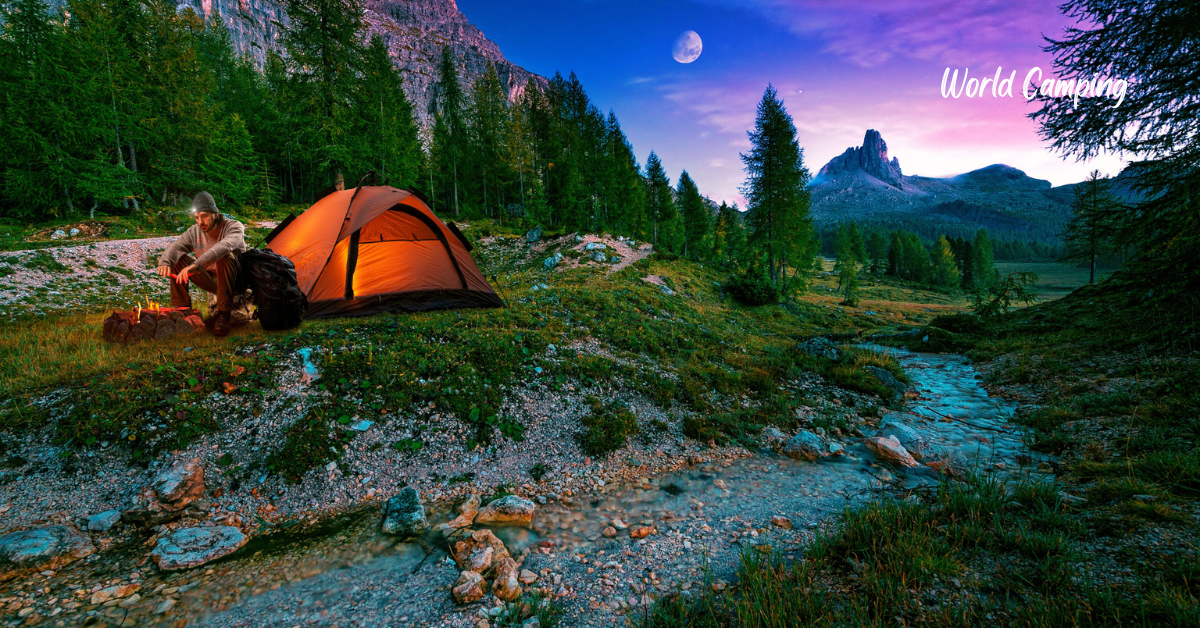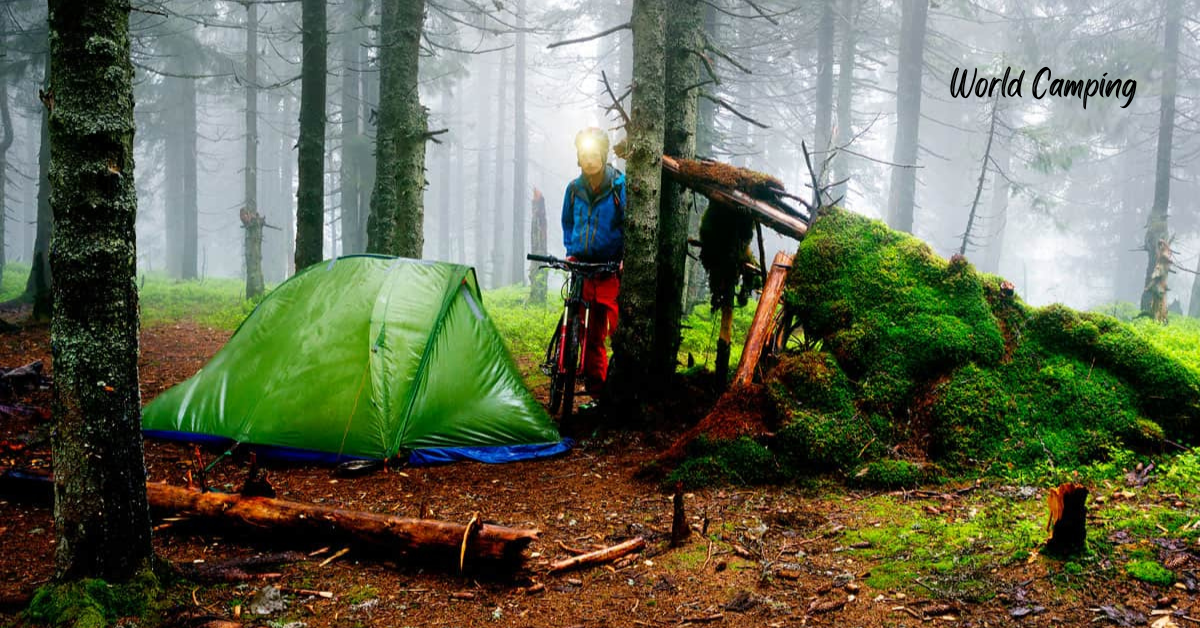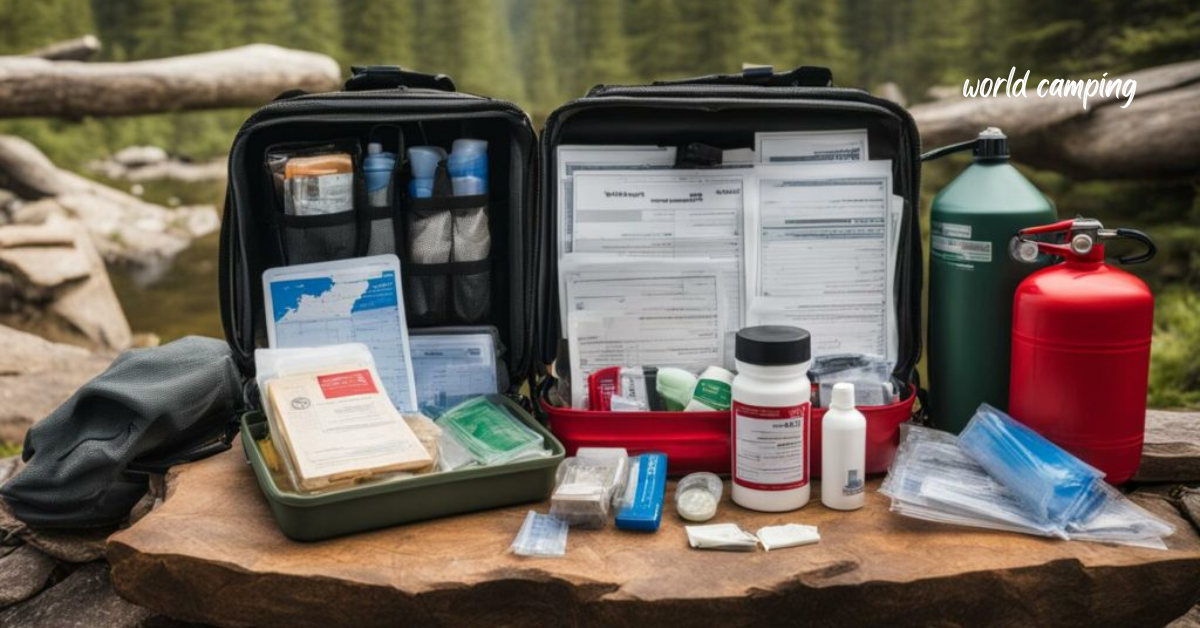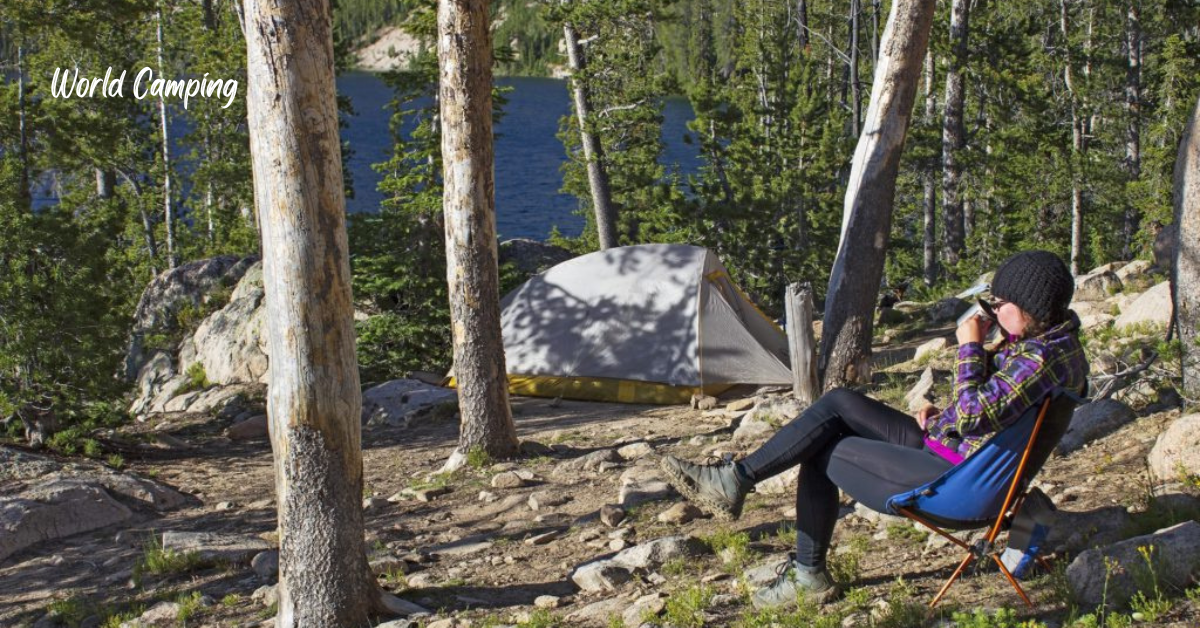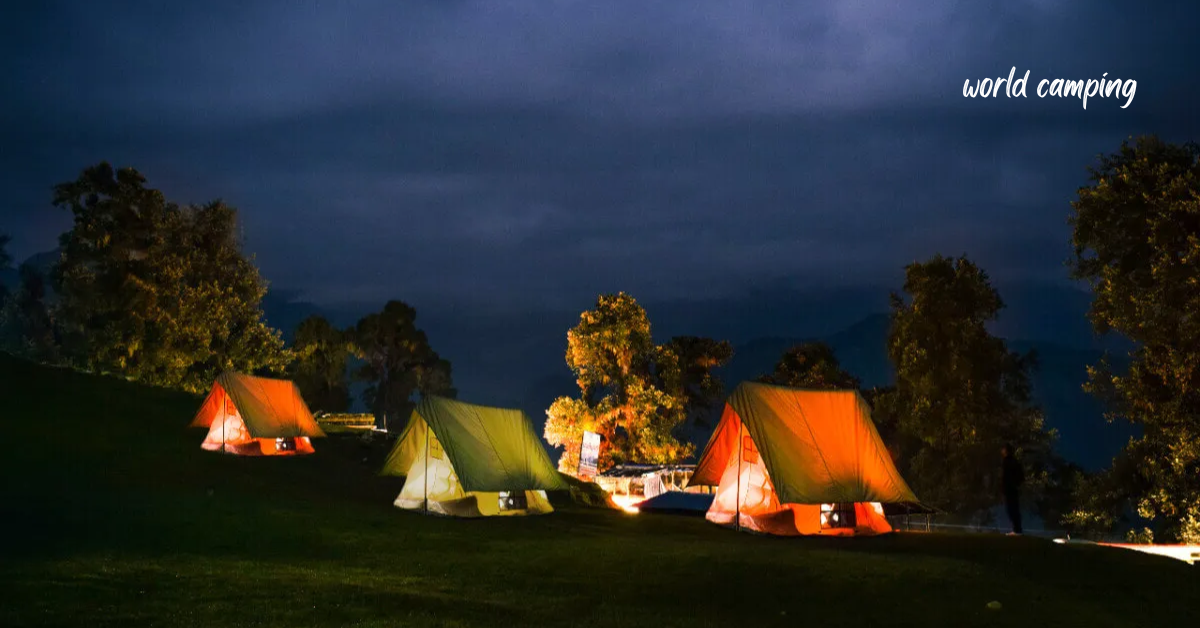How to Build a Camping Shower?
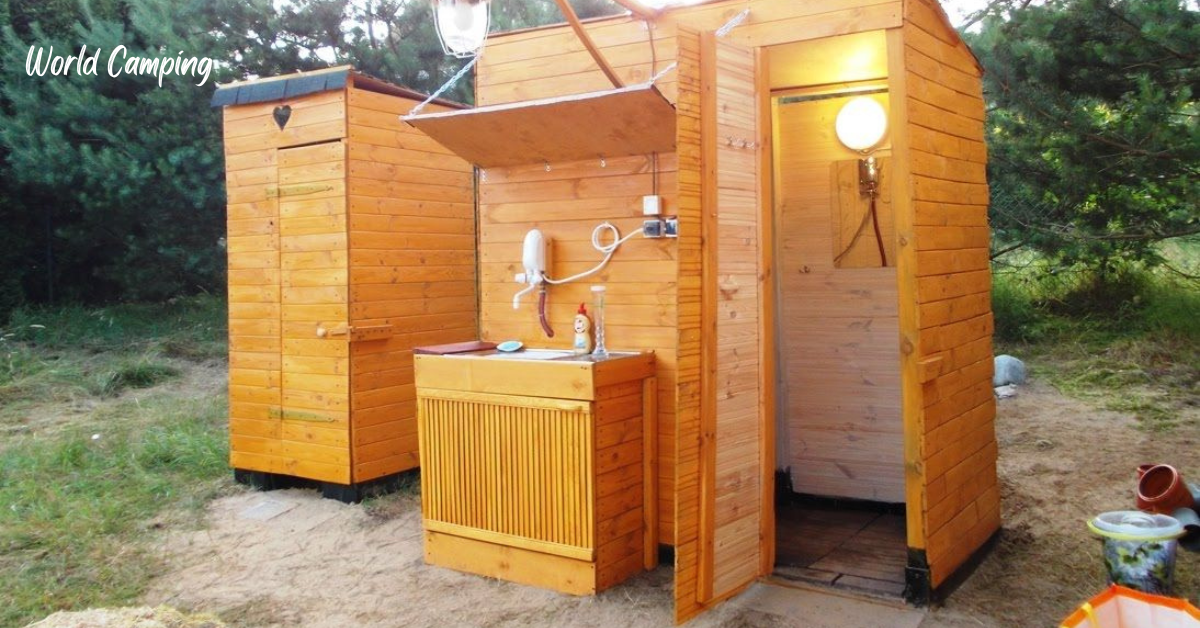
Building a camping shower can significantly enhance your outdoor experience, providing a refreshing way to stay clean and comfortable while spending time in nature. Whether you’re embarking on a weekend camping trip or an extended wilderness adventure, having access to a portable shower can make all the difference in maintaining personal hygiene and overall well-being.
Assessing Your Needs and Requirements
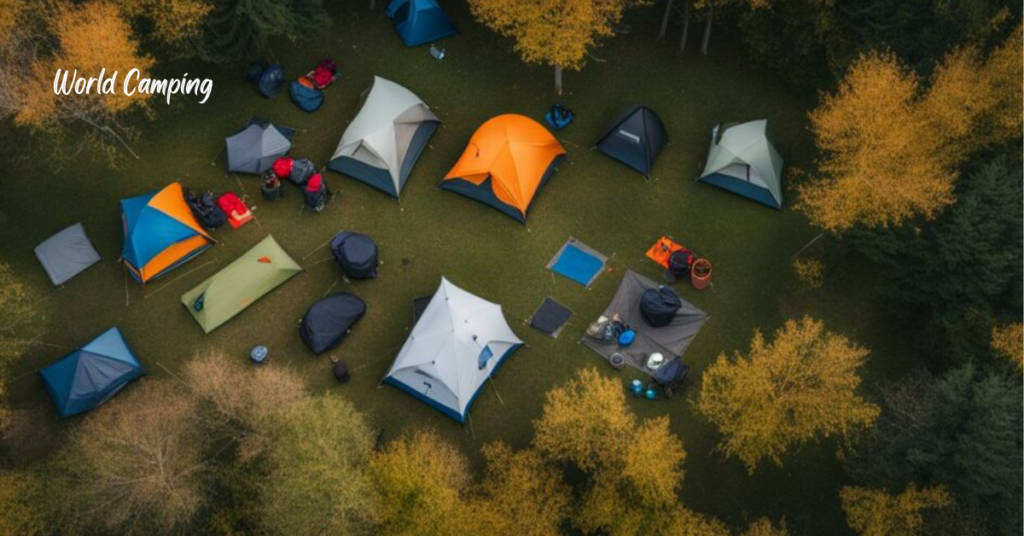
Before diving into the construction of your camping shower, it’s essential to assess your specific needs and requirements to determine the most suitable design and setup
Environmental Impact
Building a camping shower can have both positive and negative environmental impacts, depending on the materials and methods used. First, let’s consider the potential negative impacts. If the shower is constructed using non-biodegradable materials such as plastic or synthetic fibers, it could contribute to pollution, especially if those materials are disposed of improperly.
Additionally, if the shower requires a significant amount of water to operate, it could deplete local water sources, particularly in areas where water is scarce or where ecosystems are sensitive to changes in water availability. Moreover, if the shower relies on fossil fuels for heating the water, it would contribute to greenhouse gas emissions and further exacerbate climate change.
On the other hand, there are steps that can be taken to mitigate these negative impacts and even make the camping shower environmentally friendly. For example, using biodegradable or recycled materials for construction can reduce pollution and resource consumption.
Opting for water-saving fixtures and implementing water conservation practices, such as collecting rainwater or using greywater for showering, can help minimize water usage and lessen the strain on local water sources. Furthermore, utilizing renewable energy sources, such as solar panels, for heating the water can significantly reduce carbon emissions associated with the shower’s operation.
Transportation and Storage
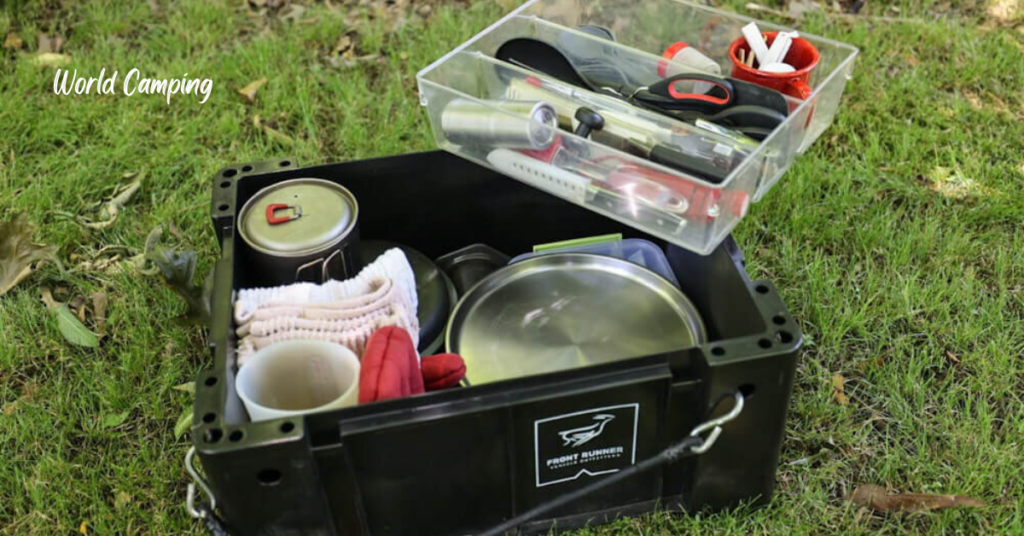
Transportation and storage are crucial considerations when building a camping shower, as they directly impact the environmental footprint of the project. Firstly, transporting materials to the construction site can contribute to carbon emissions, especially if long distances are involved or if inefficient modes of transportation are used.
To minimize this impact, opting for locally sourced materials can reduce the distance traveled and lower emissions. Additionally, choosing lightweight materials can help decrease fuel consumption during transportation.
Once the camping shower is built, the way it is stored when not in use also affects its environmental impact. Proper storage helps prolong the lifespan of the shower, reducing the need for frequent replacements and ultimately decreasing waste. Storing the shower in a dry and sheltered location can prevent deterioration due to weather exposure, thus extending its usability.
Moreover, considering the environmental impact of the materials used for storage is essential. For instance, using reusable containers or bags made from eco-friendly materials can minimize waste and reduce reliance on single-use plastics. Properly maintaining and repairing storage containers when necessary can also prolong their lifespan and decrease the need for replacements, further reducing waste.
Choosing the Right Components and Materials
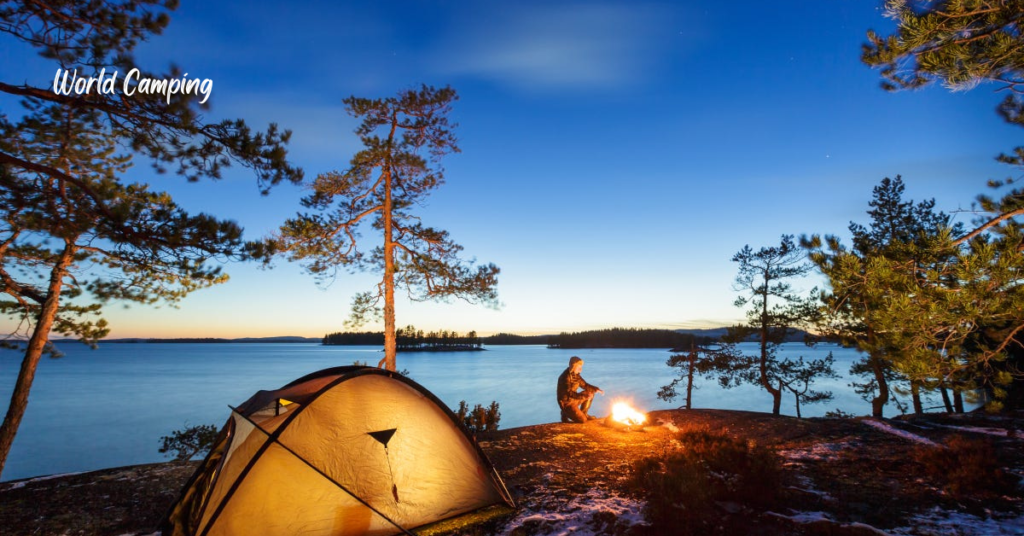
Selecting the right components and materials is essential for building a durable and functional camping shower.
Water Heating
Water heating is a critical aspect to consider when building a camping shower, as it directly impacts both the functionality and environmental sustainability of the shower system. Several methods can be employed to heat water for outdoor showering, each with its own implications for energy efficiency and environmental impact.
One common approach is to use propane or other fossil fuels to power a portable water heater. While this method provides quick and reliable hot water, it also generates greenhouse gas emissions and contributes to air pollution. To mitigate these environmental impacts, it’s essential to choose a highly efficient water heater model and to use it sparingly, only heating the amount of water needed for each shower session.
Another option is to harness solar energy for water heating. Solar shower bags or portable solar water heaters utilize sunlight to warm water, offering a renewable and emissions-free alternative to fossil fuel-powered heaters. By harnessing the abundant energy of the sun, solar water heating systems can significantly reduce the environmental footprint of camping showers, particularly in sunny locations. However, they may be less effective in overcast or shaded areas and may require longer heating times.
Additionally, innovative solutions such as heat exchangers can be incorporated into camping shower designs to maximize energy efficiency. Heat exchangers capture waste heat from other sources, such as campfires or stoves, and use it to warm water, minimizing the need for additional energy inputs. This approach not only conserves resources but also reduces reliance on external energy sources, making it a sustainable option for heating water in outdoor settings.
Pump and Hoes
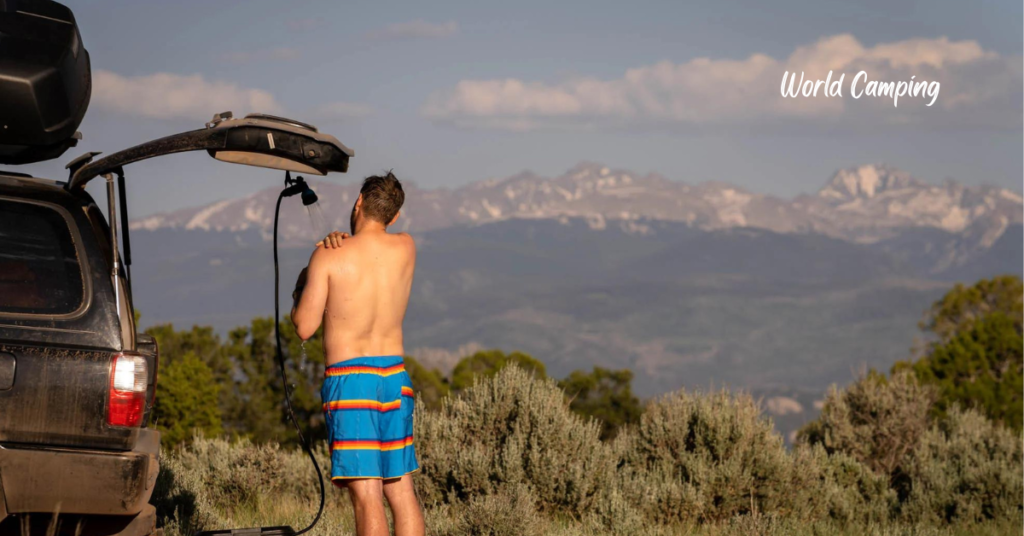
When constructing a camping shower, incorporating a pump and hose system is essential for ensuring the efficient distribution of water to the showerhead. The pump serves as the heart of the system, responsible for drawing water from a source, such as a portable tank or natural water body, and delivering it to the showerhead. Several factors should be considered when selecting a pump for a camping shower, including flow rate, power source, and portability.
Firstly, the flow rate of the pump determines how quickly water can be delivered to the showerhead, influencing the shower’s water pressure and overall user experience. While higher flow rates may provide a more satisfying showering experience, they also require more energy to operate and may deplete water supplies more rapidly. Therefore, it’s essential to strike a balance between flow rate and water conservation, opting for a pump that meets the shower’s performance requirements while minimizing resource consumption.
The power source of the pump is another critical consideration, as it affects both the portability and environmental impact of the camping shower system. Electric pumps are commonly used for their reliability and ease of operation, but they require access to a power source, which may not always be available in remote camping locations. Battery-powered pumps offer greater flexibility and can be recharged using solar panels or portable power banks, reducing reliance on grid electricity and minimizing emissions.
Additionally, the design and materials of the hose used in the shower system can impact its durability, flexibility, and environmental sustainability. Opting for hoses made from non-toxic, food-grade materials ensures the safety of the water supply and reduces the risk of contamination. Furthermore, choosing hoses that are resistant to kinking and abrasion can prolong their lifespan and minimize the need for replacements, reducing waste generation over time.
Designing Your Camping Shower System
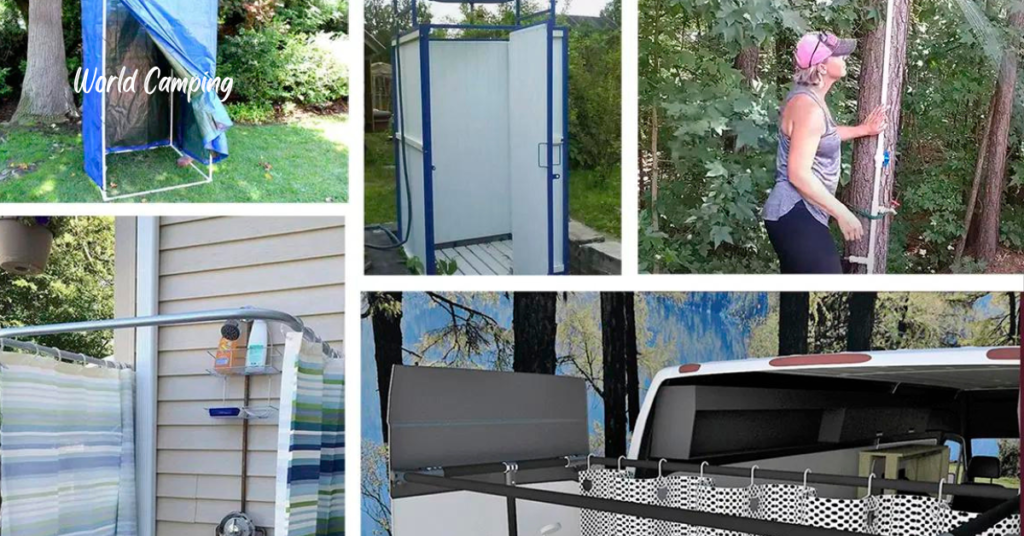
Once you’ve chosen the components and materials for your camping shower, it’s time to design the layout and configuration of your shower system
Aesthetics and Comfort

When building a camping shower, considerations for aesthetics and comfort are often overlooked but are crucial for enhancing the overall experience and enjoyment of outdoor hygiene. Aesthetics play a role in creating a pleasant and inviting showering environment, even in the midst of nature.
Simple design elements such as choosing attractive materials, incorporating natural colors and textures, and adding decorative touches can help to integrate the shower seamlessly into its surroundings. Additionally, attention to detail in the layout and organization of the shower area can contribute to a sense of harmony and relaxation, enhancing the overall aesthetic appeal.
Comfort is equally important, as it directly impacts the user’s satisfaction and well-being while using the camping shower. Providing adequate space for showering activities and incorporating ergonomic features such as comfortable seating, non-slip flooring, and convenient storage solutions can enhance usability and convenience.
Additionally, ensuring privacy and protection from the elements through the use of screens, curtains, or sheltered structures can create a more comfortable and enjoyable showering experience, allowing users to feel relaxed and at ease even in outdoor settings.
Layout and Placement
Layout and placement are critical aspects to consider when building a camping shower, as they directly impact usability, functionality, and overall user experience. The layout refers to the arrangement of various components within the shower area, while placement refers to the strategic positioning of the entire shower setup within the camping site.
Firstly, the layout of the camping shower should prioritize efficiency and convenience, ensuring that essential elements such as the water source, pump, showerhead, and storage facilities are organized in a logical and accessible manner. For example, placing the water tank or source at an elevated position relative to the showerhead can facilitate gravity-fed water flow, reducing the need for a powerful pump and conserving energy. Similarly, positioning storage containers or shelves within easy reach of the showering area allows users to access toiletries, towels, and other essentials without having to leave the shower.
Conclusion and Recap
Building a camping shower is a rewarding endeavour that can significantly enhance your outdoor experience. By following the six essential steps outlined in this guide, you can create a functional, efficient, and comfortable shower system that meets your specific needs and preferences while camping.
FAQs
Can I use natural materials found in the wilderness to construct my camping shower?
Yes, you can utilize natural materials like bamboo or stones for a rustic shower design.
How can I ensure my DIY camping shower is eco-friendly and leaves minimal impact on the environment?
Options for biodegradable materials and incorporate water-saving features like low-flow showerheads.
Is it possible to build a camping shower that doesn’t require electricity or fuel for heating water?
Yes, solar shower bags or heat exchangers can heat water without electricity or fuel.
What are some creative ways to incorporate water conservation features into my camping shower design?
Reuse greywater for other purposes, install a shut-off valve on the showerhead, or use a timer for shorter showers.
Can I repurpose household items or camping gear to build a makeshift shower while on the trail?
Yes, items like collapsible buckets or water bladders can be repurposed for a makeshift shower.
